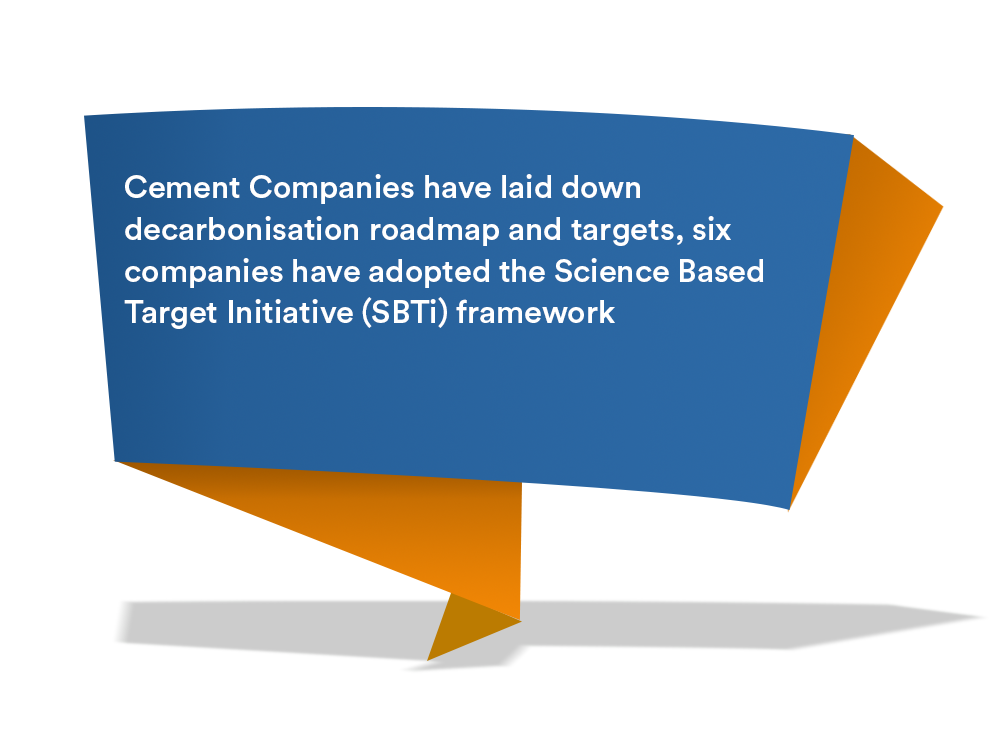Plastic is ubiquitous and an integral component of our day to day living owing to its unique nature of being chemically inert, lightweight, relatively cheap, easy to produce, and high strength to weight ratio. Plastic’s durability, which makes it easy to use is also the reason for its extremely long disposal timespan of a few hundred years. Globally, plastic pollution is creating havoc on communities, wherein landfills are reaching capacity and ravaging even Earth’s most scantily inhabited places. Plastic garbage flowing into the oceans is expected to reach 29 million tonnes a year by 2040.1
India's per capita per annum plastic consumption is 13.6 kgs, much lower than the world average of about 30 kg.2 It is estimated that about 60% of plastic waste is collected for recycling and recovery, owing to a significantly large informal sector, which still leaves a significant quantum ending in landfills and incineration plants.
Plastic waste can be utilised through recycling, plastic to alternate fuel (co-processing in cement industry), and plastic to fuel (pyrolysis) among others. Various life cycle assessment studies have established coprocessing as a superior alternative to both landfill and incineration. High temperatures, excess oxygen, and long residence time within the cement kiln ensure no formation of dioxins and furans. The utilisation of plastic waste through coprocessing also helps conserve coal used in cement kilns.
India ranks fourth in the world in terms of absolute alternative fuel consumption(including plastic) achieving a thermal substitution rate (TSR) of about 4% (2017). While the exact quantum of the plastic waste consumed in the Industry is yet to be determined, a few of the Cement Companies have internally assessed the composition of alternative fuels consumed in their kilns, especially the quantum of plastic waste, and have reported to achieving a plastic positive status. Achieving plastic positive state highlights that the net plastic consumption(as fuel) is higher than the plastic introduced in the economy as a packaging medium.
Plastic waste on its own is not a resource, it needs to be adequately pre-processed to ensure minimal impact on the energy efficient cement manufacturing process. It thus becomes critical that the waste being collected by ULBs is adequately segregated, treated, and processed (shredding, sorting, baling) before being dispatched to a cement plant. At the plant, the waste is stored in a dry storage area. The stored waste undergoes multiple tests at the plant labs to ascertain calorific value, moisture content, and the presence of elements/compounds such as chlorine that could impact the quality of the finished cement product. The plastic waste, at the time of use, is transferred to a feeding mechanism through an automatic conveying system. There are primarily four points for feeding plastic waste in the cement manufacturing process:
Plastic waste contaminated with toxic components is fed to the main burner, after being shredded to ~20mm, to ensure its complete combustion. Other non contaminated plastic wastes, are fed at the other feed points such as calciner, kiln inlet, or mid kiln depending upon its size. Plastic waste is usually fed after the kiln becomes stable and should be avoided during start up or shut down of the kiln.
Coprocessing of plastic waste by cement plants offers multiple benefits besides waste management such as reduction in GHG emissions and conservation of coal reserves. A major impediment in the recycling of plastic is the cost associated with its pre-processing and logistics. Capacity building of urban local bodies and implementation of the Polluter Pays Principle would go a long way in strengthening the consumption of plastic waste as an alternative fuel in the Indian Cement Industry
